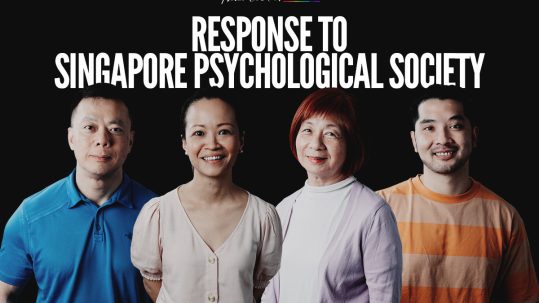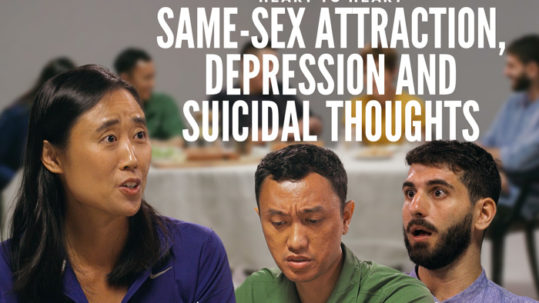14 Jun What is homosexuality?

Homosexuality is multi-faceted. It involves many aspects: desires, behaviour, orientation, and identity.
Homosexual desires: Feeling emotional and/or physical desires for people of the same sex.
Homosexual behaviour: Acting on one’s emotional and/or physical desires for people of the same sex. For example, pursuing a same-sex romantic relationship or being involved in same-sex sexual activity.
Homosexual orientation: Experiencing a persistent pattern of emotional and/or physical desires for people of the same sex.
Homosexual identity: Identifying as a gay, lesbian, or bisexual person.
The term “homosexual” is used to describe a person who in adult life has an enduring, definite and preferential erotic/sexual attraction to members of the same sex and who usually engages in overt sexual relations with them.1
The term “gay” is typically used to describe homosexual men and “lesbian” to describe homosexual women.
Contrary to popular understanding, homosexuality is not so much driven by sexual needs...
Contrary to popular understanding, homosexuality is not so much driven by sexual needs as it is driven by a (conscious or unconscious) desire to be loved and to love another person, especially of the same-sex.2, 3
Endnotes
- Lawrence Hatterer, Changing Homosexuality in the Male: Treatment for Men Troubled by Homosexuality (New York McGraw-Hill, 1970)
- Jason Park, Overcoming Male Homosexual Problems (Century Publishing, 1998)
- Anne Paulk, Restoring Sexual Identity: Hope for Women Who Struggle with Same-Sex Attraction (Eugene, Oregon: Harvest House Publishers, 2003)







